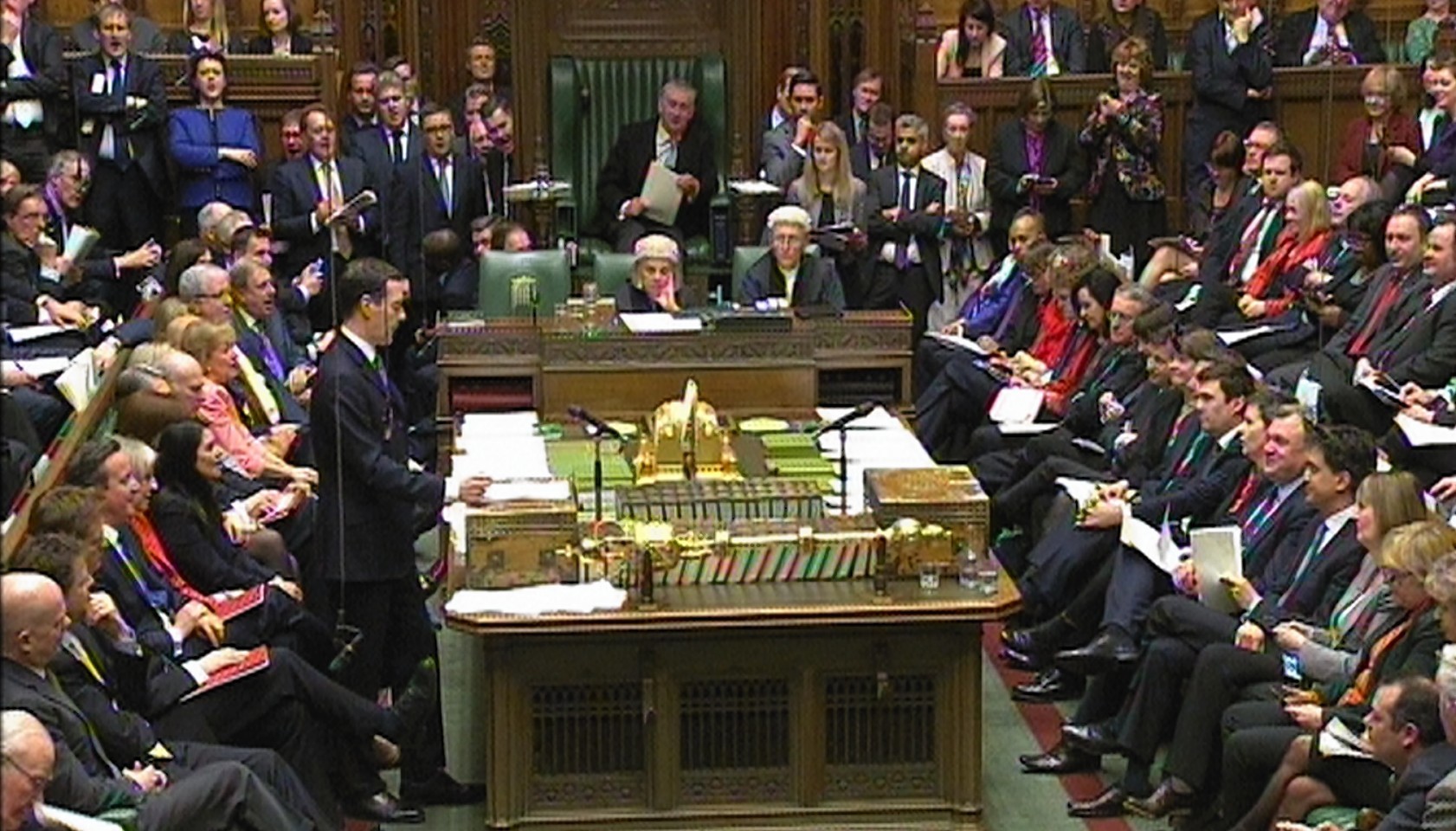The technology industry has praised the presence of the “Internet of Things“ in the Budget as a sign Britain is moving towards a “digital future”.
Chancellor George Osborne used his final Budget before the general election to announce more investment in the country’s technology industry, including in the Internet of Things and bringing ultra-fast broadband to the whole country.
In confirming greater government interest in the Internet of Things, which is the idea that devices and appliances around the home can communicate and be controlled by a smartphone or tablet, Mr Osborne made a joke at the expense of Labour leader Ed Miliband.
“So should – to use a completely ridiculous example – someone have two kitchens, they will be able to control both fridges from the same mobile phone,” he said, in reference to the Labour leader.
No further details were announced for how the government is planning to invest in the technology, but those within the industry were nonetheless pleased to see the technology acknowledged by the Chancellor.
Neil Crockett, chief executive of national technology centre Digital Catapult said: “The Internet of Things (IoT) is a key area of growth for the UK’s digital economy; a factor recognised by the government with today’s investment announcement.
“We are proud to be a partner in this project, enabling collaboration between innovators, organisations and academics who, together, can put the UK at the forefront of a new wave of business models that will make the UK more competitive and a better place to live. It means that the UK can be IoT leaders rather than just IoT consumers”.
Stuart Miles, the founder of technology and gadget news website Pocket-lint added: “The government’s recognition of the Internet of Things as a force that will change the technology landscape forever is good, although how it will get involved is yet to be seen. Likewise the shift towards filing and accessing your tax online rather than having to wait for written correspondence shows a move towards a more digital future.”
Mr Osborne also pledged that the government was aiming to bring ultra-fast broadband to “nearly all homes in the country”, calling it a “national ambition”. Ultra-fast broadband is classed as a connection speed of at least 100 megabits per second. In comparison, the current super-fast broadband offered by most telecoms giants can reach around 80 megabits per second, but not in all areas.
Ewan Taylor-Gibson, broadband expert for comparison site uSwitch.com said: “George Osborne’s ambition to improve broadband infrastructure across the UK is welcome news – especially for those who, even in 2015, are blighted by a poor or non-existent broadband connection.
“The proposals are an important step towards making broadband, now regarded as an essential service, available to all, rather than most.
“Some people in the furthest reaches of the UK are being left behind in the race for a digital Britain. They are missing out on the advantages that a reliable internet connection brings, including all the cheaper services and deals found online.
“Further steps could still be taken to make the availability and benefits of superfast and ultrafast broadband clear, so that everyone in the UK has both the ability and the confidence to get online.
“If the government’s plan is to succeed in the hardest-to-reach areas, broadband needs to be affordable, especially for those who are isolated or vulnerable.”
